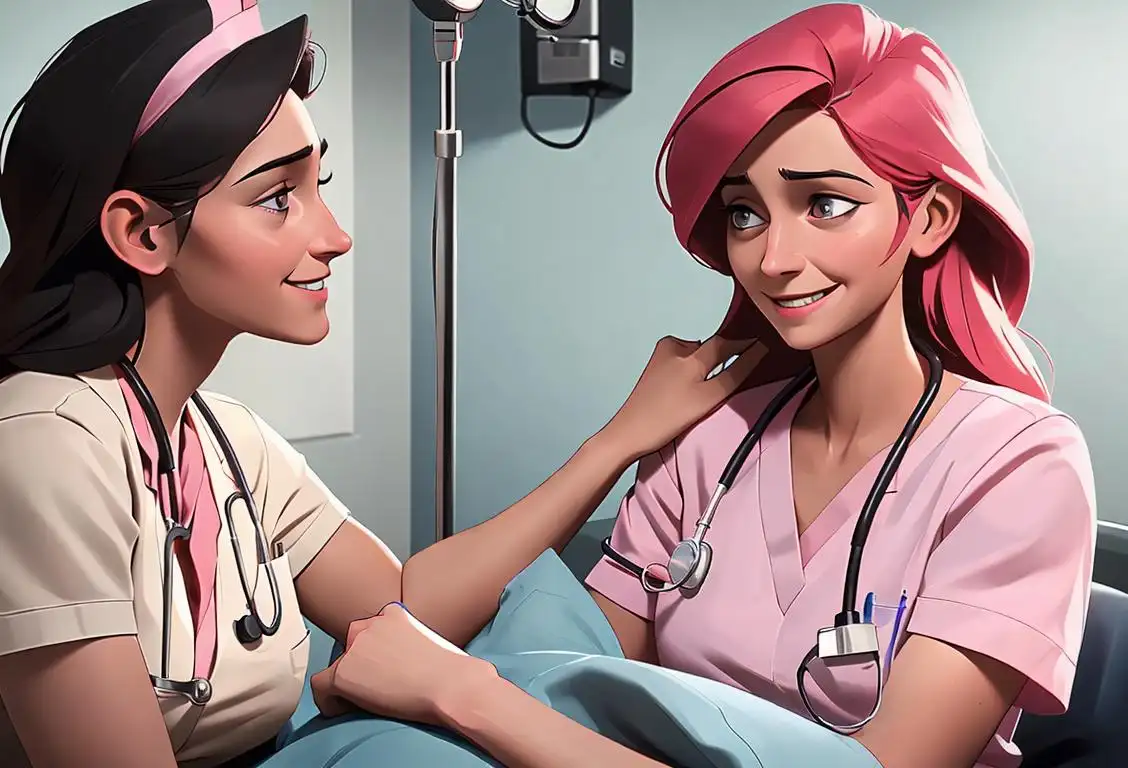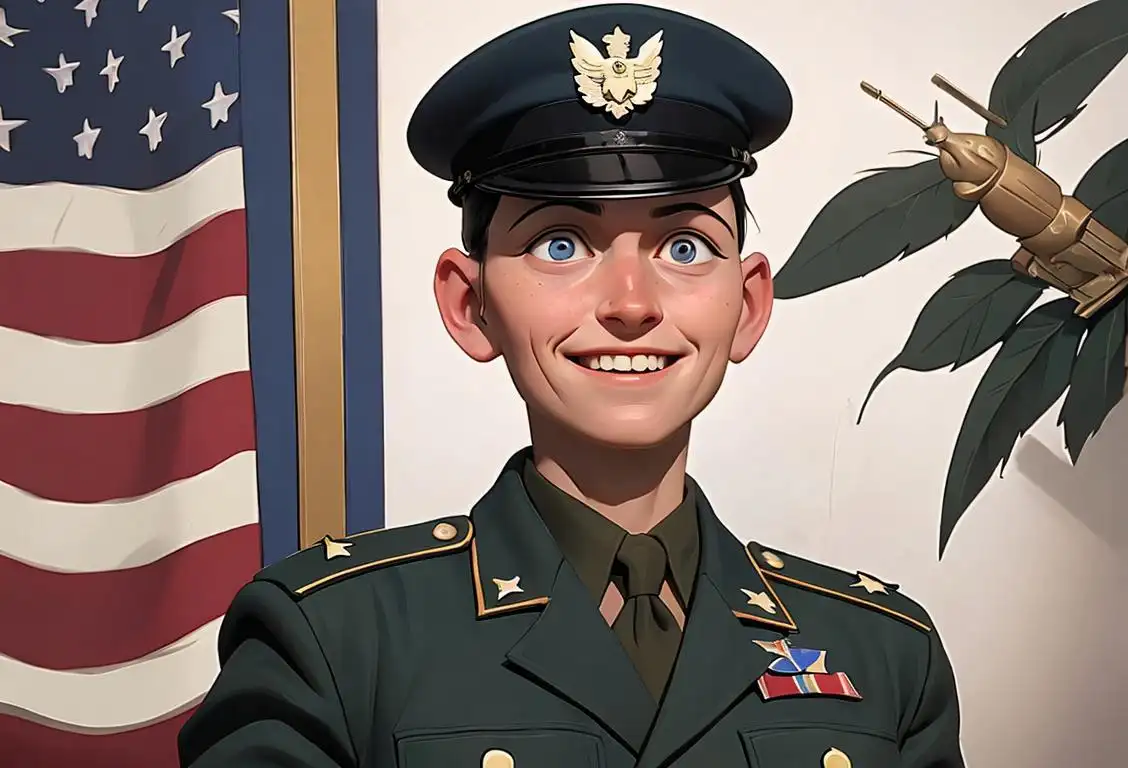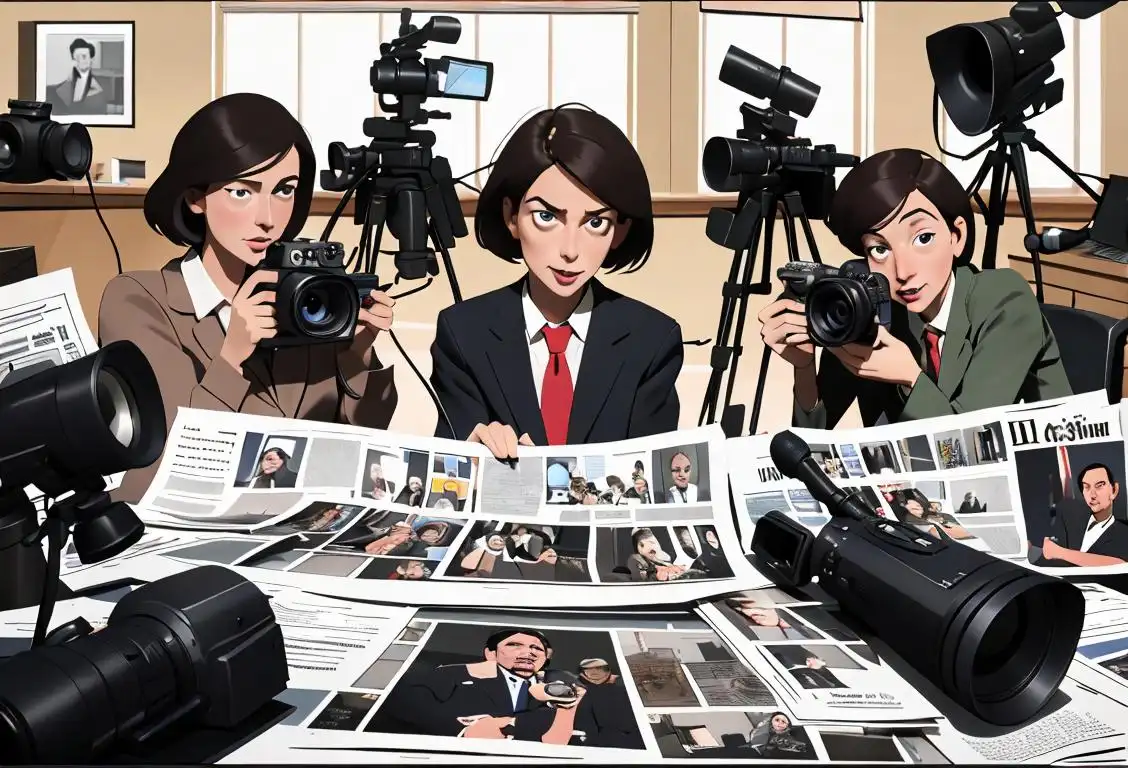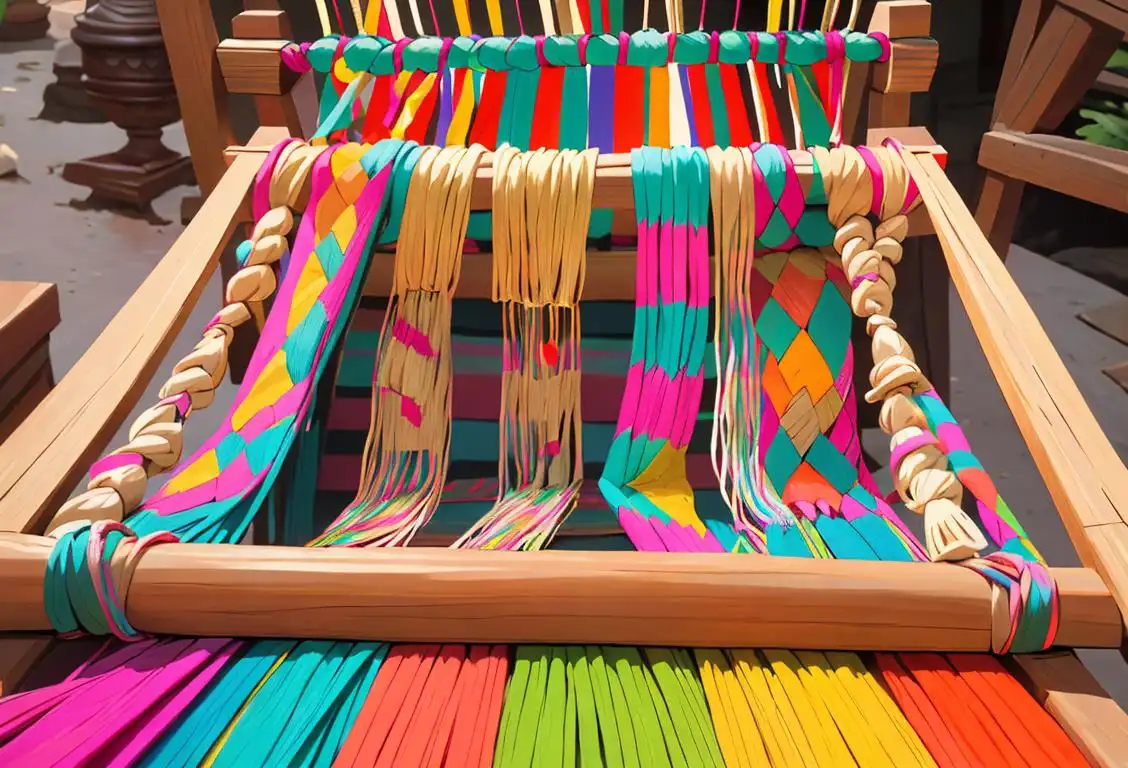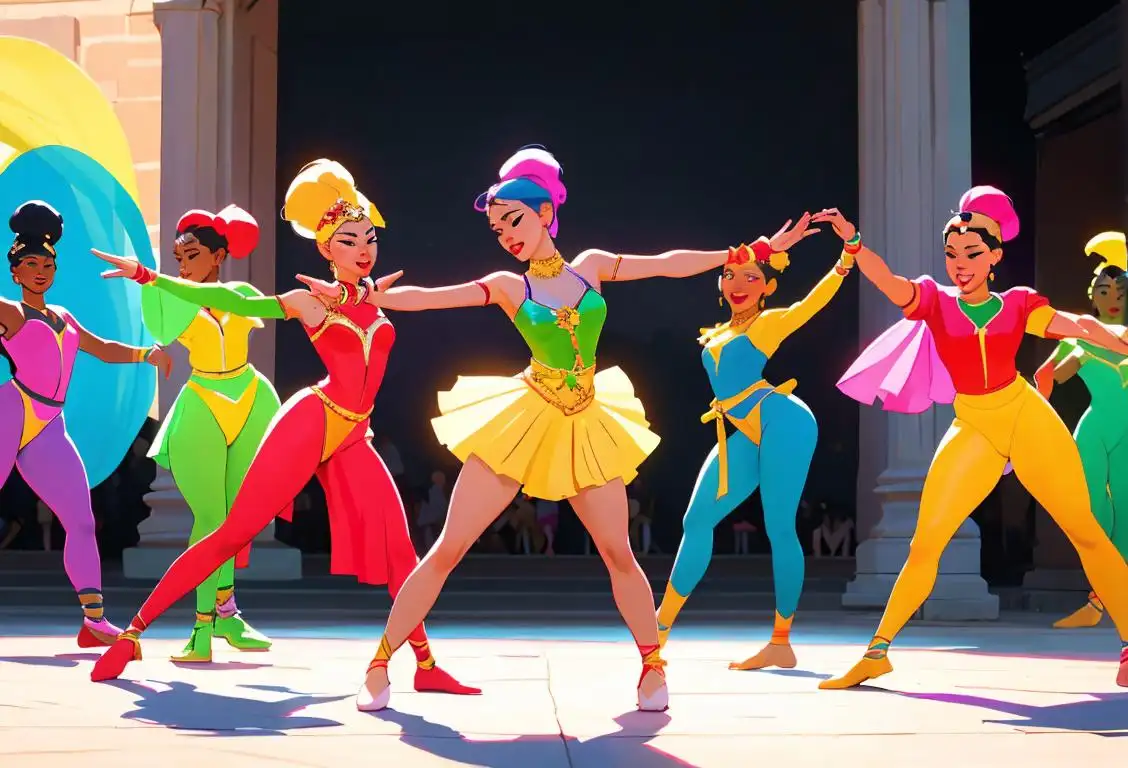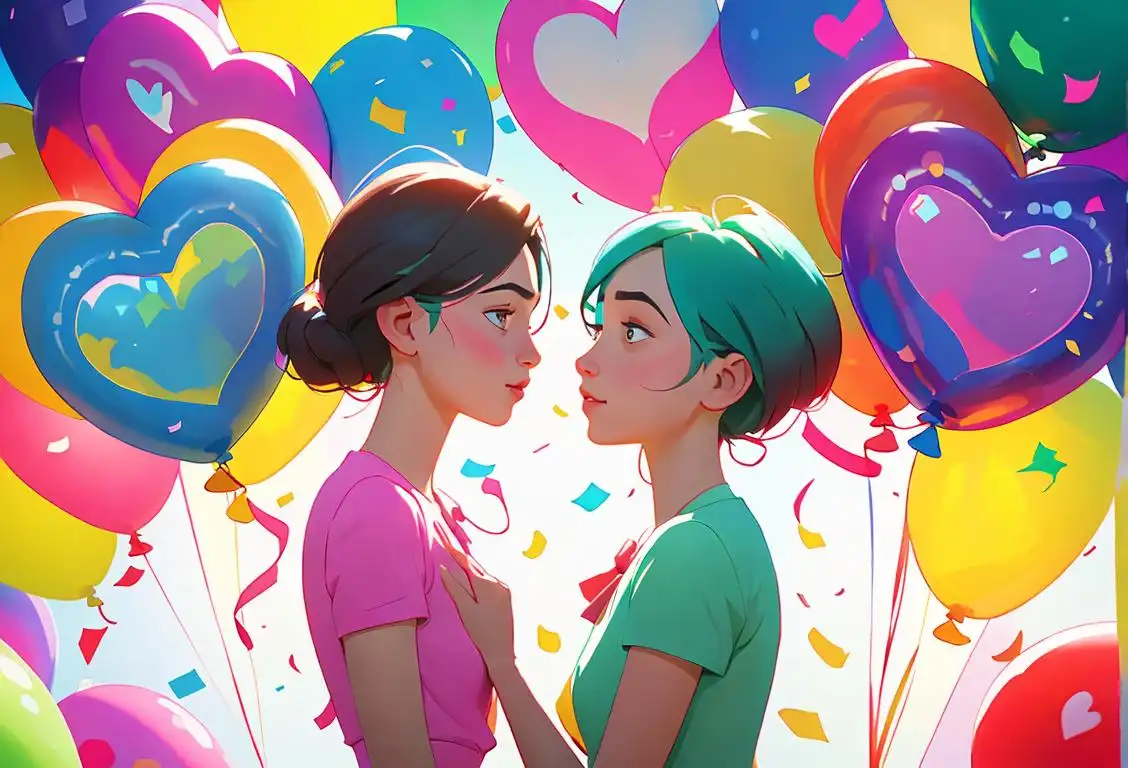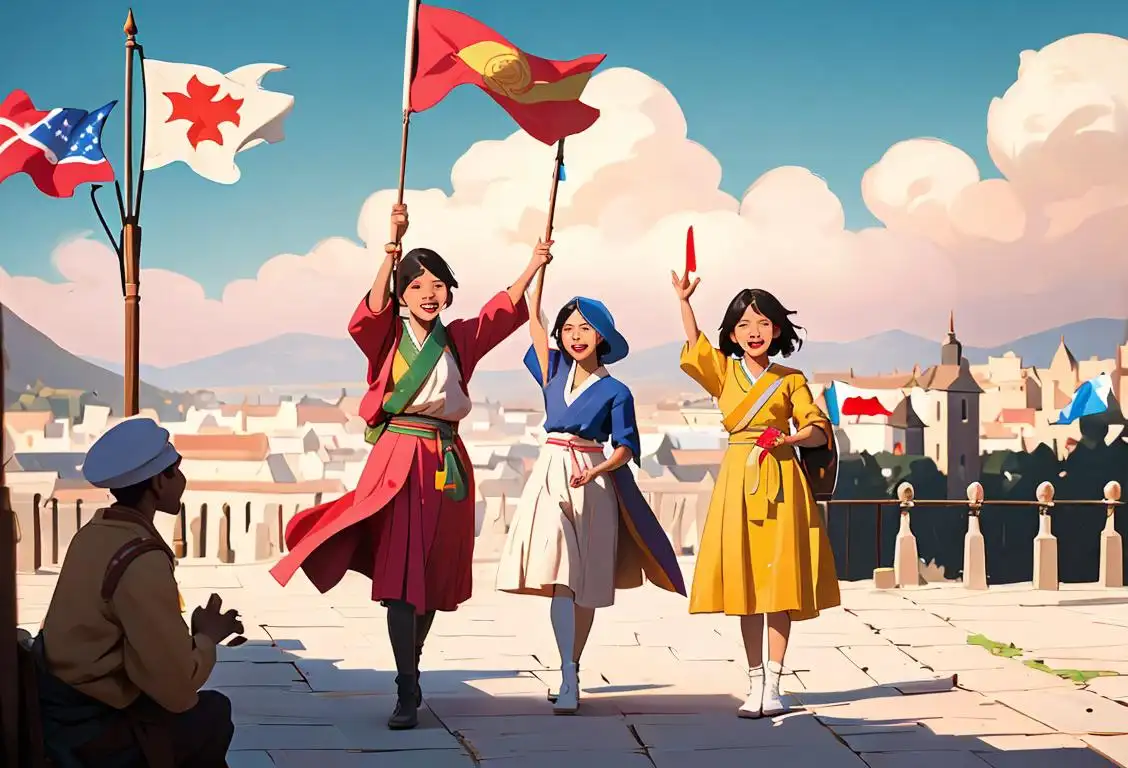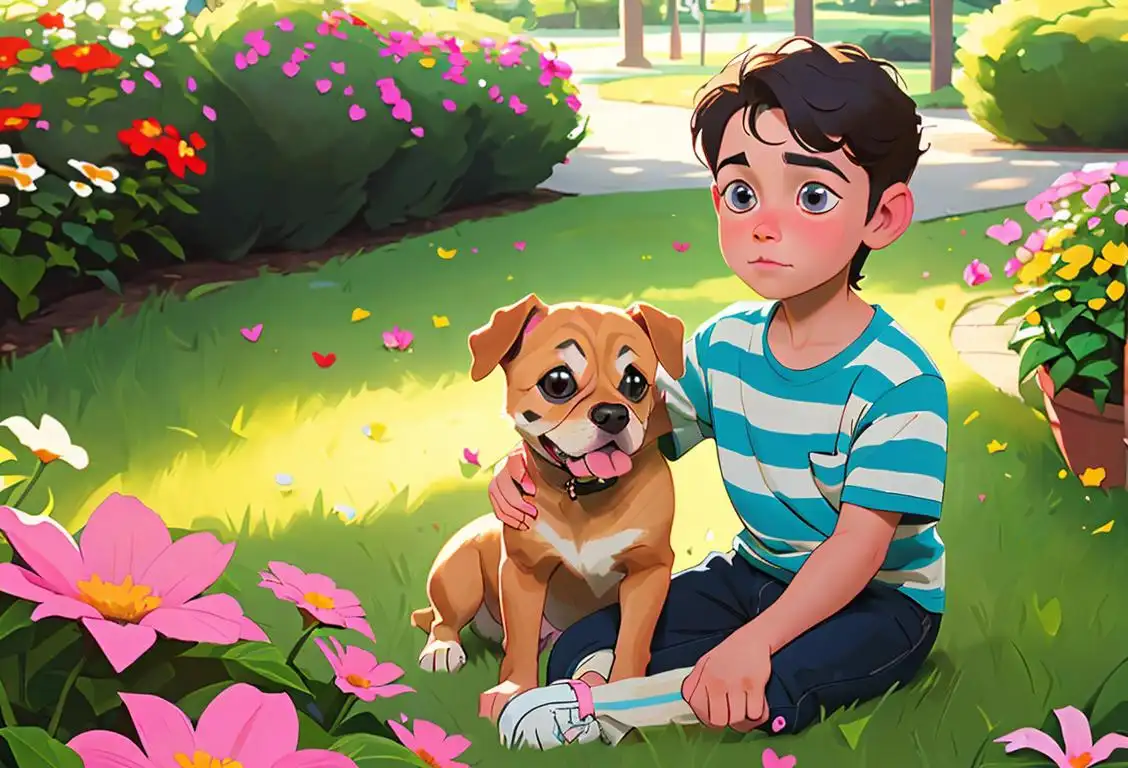National Different Color Eyes Day
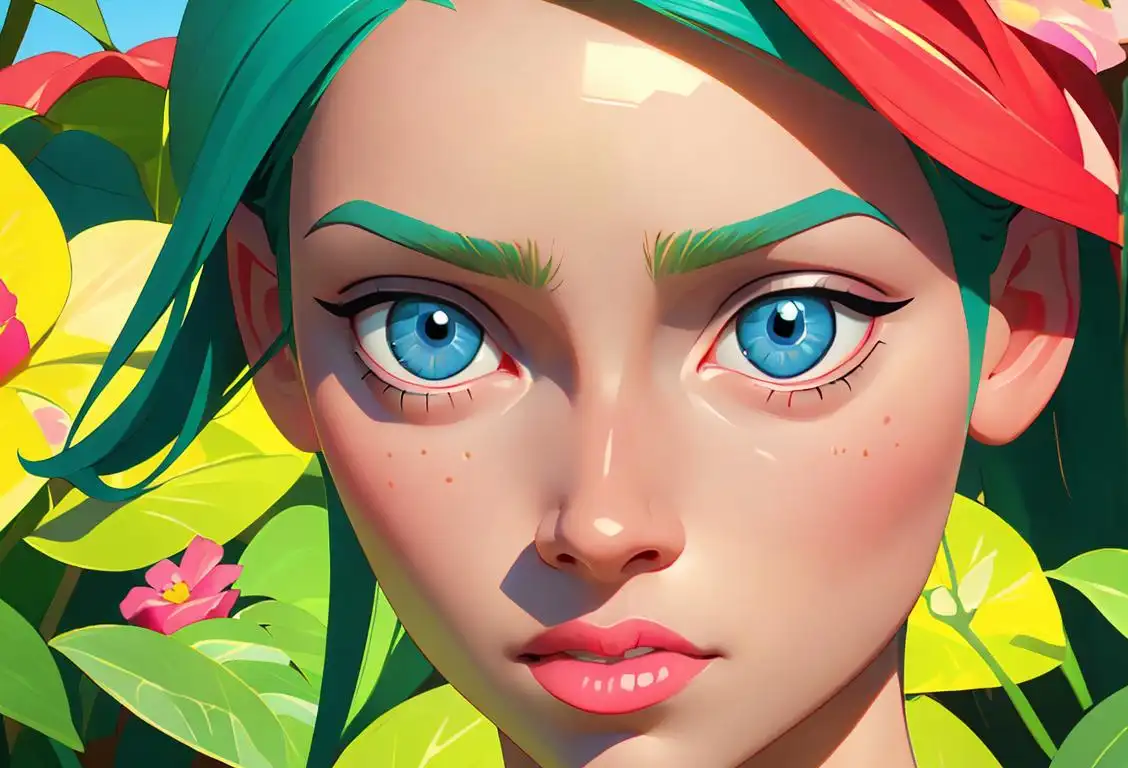
Welcome to the wacky world of National different color eyes Day! Get ready to explore the fascinating phenomenon of having two different colored peepers and celebrate the unique beauty of heterochromia. Join us as we dive into the history of this unusual holiday and uncover some fun facts along the way.
When is Different Color Eyes Day?
It's national different color eyes day on the 12th July.
The Origins of National different color eyes Day
Believe it or not, National different color eyes Day didn't start as a random holiday celebrating mismatched eyes. It actually has its roots in the world of genetics and the captivating optical illusion of heterochromia. Heterochromia occurs when an individual possesses two different eye colors, giving them an enchanting and distinct appearance.
This awe-inspiring condition can be present from birth or may develop later in life due to various reasons such as injury or acquired diseases. Whatever the cause, heterochromia is truly a sight to behold!
Embracing Uniqueness and Beauty
National different color eyes Day is all about celebrating individuality and embracing the beauty of what makes each person special. It's a day to honor the diverse range of eye colors that exist in our world, from deep brown to striking green and everything in between. While most of us have matching eye colors, those with heterochromia have a unique and captivating charm that sets them apart.
On this day, take a moment to appreciate the vibrant tapestry of eye colors that make our world so visually stunning. Whether you have two different colored eyes or not, National different color eyes Day is a reminder to embrace our differences and find beauty in what makes us one-of-a-kind.
A Celebratory Spirit
Many individuals and organizations join in the celebration of National different color eyes Day. Eye care professionals often use this day as an opportunity to raise awareness about eye health and educate people on various eye conditions, including heterochromia. Social media platforms come alive with colorful posts as people proudly display their unique eyes and share inspiring stories.
It's not uncommon to see individuals sporting vibrant contact lenses that mimic the appearance of heterochromia or makeup tutorials that teach people how to create the illusion of different colored eyes. National different color eyes Day is truly a time for creativity and self-expression!
History behind the term 'Different Color Eyes'
1932
Heterochromia defined
The term 'different color eyes' began to gain its prominence in 1932 when the medical condition known as 'heterochromia' was officially defined. Heterochromia is a rare condition where an individual has two different colored eyes. It occurs due to variations in the concentration and distribution of melanin, which affects the pigmentation of the iris. This distinctive feature has captivated people's attention and sparked curiosity about the condition throughout the years.
1965
Celebrities with heterochromia
In 1965, the fascination with heterochromia expanded as several well-known celebrities with different color eyes gained recognition. British actor David Bowie, who possessed one blue eye and one brown eye due to anisocoria, became an iconic figure associated with this unique trait. Bowie's artistic expression and popularity helped elevate the awareness and acceptance of individuals with heterochromia, making it a topic of intrigue within popular culture.
1997
Heterochromia in literature
The inclusion of characters with different color eyes in various literary works further contributed to the fascination surrounding this trait. In 1997, popular author J.K. Rowling introduced Alastor Moody, a key character in the Harry Potter series, who had one blue eye and one magical eye that appeared to be mechanical. This portrayal not only entertained readers but also added an element of mystery and uniqueness to the character, cementing the allure of different color eyes within the realm of literature.
2010
Internet and social media popularity
The rise of internet culture and social media platforms in the 2010s provided a platform for individuals with different color eyes to share their experiences and connect with others. The hashtag #DifferentColorEyes gained popularity on platforms like Instagram and Twitter, allowing people to showcase their distinctive eyes and embrace their uniqueness. This online community created a positive space for individuals with heterochromia, fostering a sense of belonging and promoting acceptance.
Present
Symbol of individuality
Today, having different color eyes is seen as a symbol of individuality and beauty. The term 'different color eyes' is widely used to describe this unique trait, celebrating the diversity of human characteristics. Various media forms, such as movies, fashion magazines, and art, continue to showcase individuals with heterochromia, emphasizing their striking appearance and challenging conventional beauty standards. This term has become embedded in our cultural lexicon, representing the rich tapestry of human differences and captivating imaginations worldwide.
Did you know?
Did you know that heterochromia is not limited to humans? Many animals, including dogs and cats, can also have two different colored eyes. It's nature's way of making them extra adorable!Tagged
awareness funFirst identified
12th July 2017Most mentioned on
12th July 2017Total mentions
26Other days
Nurses Day
Former Prisoner Of War Recognition Day
Press Day
Handloom Day
Heroes Day
Memorial Day
Dance Day
Bestfriends Day
Liberation Day
Love Your Pet Day
